When it comes to plushies, softness isn’t just a luxury—it’s the heart and soul of what makes these cuddly companions so beloved. Whether for a baby’s first friend or a collectible cherished by adults, the fabric’s texture shapes the emotional connection. But what really defines softness in plushie fabrics? Which materials deliver that irresistible cozy feel? And how do other factors like durability, safety, and sustainability play into the choice?
Softness in plushie fabrics is determined by fiber type, weave, and finish, with popular soft fabrics including minky, fleece, velvet, and cotton. Each offers a unique balance of comfort, durability, and care requirements, shaping the perfect plushie experience.
Imagine a toddler clutching their favorite plush toy night after night—softness is more than a tactile feature; it’s the invisible thread bonding child and toy. Let’s dive into the fabrics that make this magic happen and explore the full story behind choosing the softest material for your plush creations.
1.What Defines Softness in Plushie Fabrics?
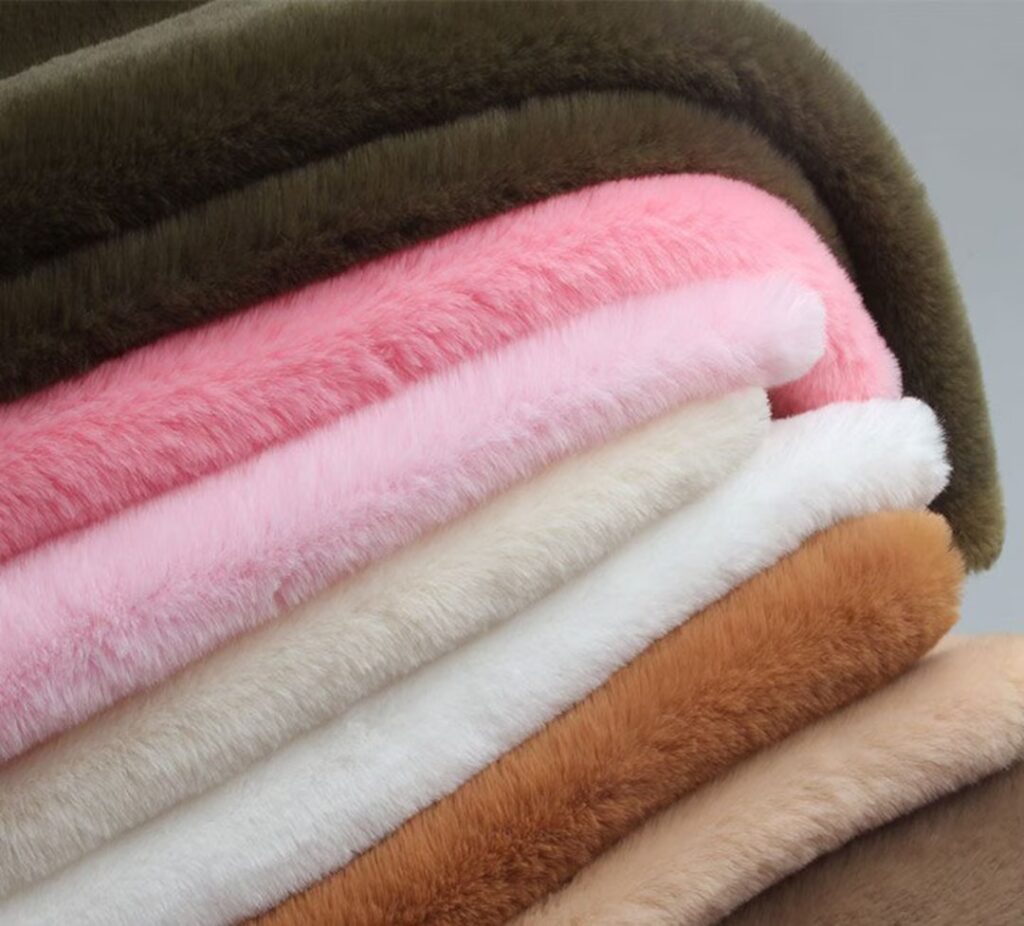
Softness in plushie fabrics depends on fiber characteristics, fabric construction, and surface treatment. Natural fibers like cotton often feel gentle and breathable, while synthetic fibers like polyester provide smooth, plush textures through dense knitting or brushing. The way fabric is woven or knitted, along with finishing techniques like shearing or sanding, directly influences softness perception.
- Fiber Type: Natural (cotton, bamboo) vs synthetic (polyester, nylon) and their softness profiles.
- Fabric Structure: How knit vs woven fabrics impact plushie feel. Knits generally yield stretchier, softer textures.
- Finishing Processes: Techniques such as brushing, shearing, or embossing enhance tactile softness.
- Moisture & Breathability: How soft fabrics manage moisture can affect feel against skin, important for sensitive users.
- Tactile Perception: The psychology of softness—how sensory experience influences customer preference.
| Faktor | Beskrivning | Impact on Softness | Exempel |
|---|---|---|---|
| Fiber Type | Natural fibers (cotton, bamboo) vs synthetic (polyester, nylon) | Natural fibers tend to be gentle and breathable; synthetics offer smooth, plush textures | Cotton (natural), Polyester (synthetic) |
| Fabric Structure | Knit vs woven fabrics | Knits generally feel stretchier and softer; woven are tighter and less flexible | Knit fleece vs woven cotton |
| Finishing Processes | Techniques like brushing, shearing, embossing | Enhance surface softness and tactile feel | Minky fabric brushing |
| Moisture & Breathability | How fabric handles moisture and airflow | Better breathability improves comfort, especially for sensitive skin | Cotton is breathable, polyester less so |
| Tactile Perception | Psychological effect of how softness is perceived | Softness is influenced by sensory experience and personal preference | Plush toys that “feel” soft tend to be favored |
2.Which Fabrics Are Considered the Softest for Plush Toys?
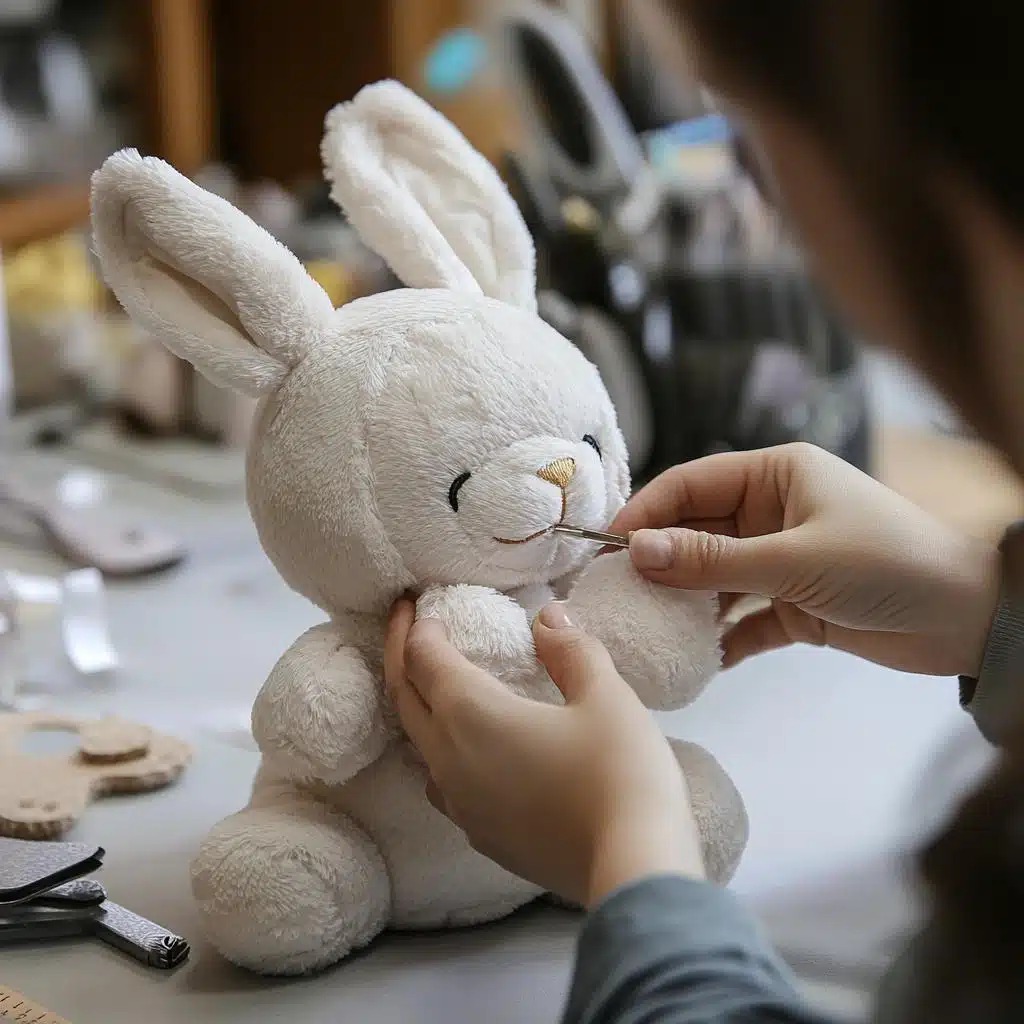
Among plushie makers, minky, fleece, velvet, and cotton reign as the top soft fabrics. Minky offers a luxuriously smooth, velvety surface; fleece is warm and cuddly; velvet delivers rich texture; and cotton provides gentle breathability, ideal for babies.
Minky, fleece, velvet, and cotton are widely recognized as the softest plush fabrics, each balancing tactile softness with care needs and durability.
- Minky: Polyester-based, extremely soft with a short pile, popular for baby blankets and premium plushies. Durable and washable but can be less breathable.
- Fleece: Known for warmth and softness, often made from polyester. Easy to care for, durable, but sometimes less smooth than minky.
- Velvet: Luxurious with a deep pile, velvet adds elegance but needs careful maintenance to preserve softness. Typically used in collector plushies.
- Cotton: Hypoallergenic and breathable, cotton plush fabrics suit sensitive users but may lack the ultra-plush feel of synthetics.
- Other fabrics: Bamboo blends, microfiber, and specialized eco-friendly textiles are emerging contenders.
| Tyg | Softness Level | Hållbarhet | Care Difficulty | Breathability | Kostnad | Typisk användning |
|---|---|---|---|---|---|---|
| Minky | Mycket hög | Hög | Medium | Låg | Medelhög-Hög | Baby plushies, premium toys |
| Fleece | Hög | Hög | Låg | Medium | Medium | General plushies, affordable |
| Sammet | Hög | Medium | Hög | Låg | Hög | Collectibles, luxury plushies |
| Bomull | Medelhög-Hög | Medium | Låg | Hög | Medium | Baby toys, hypoallergenic uses |
3.How Do Different Stuffing Materials Affect the Overall Softness of Plushies?
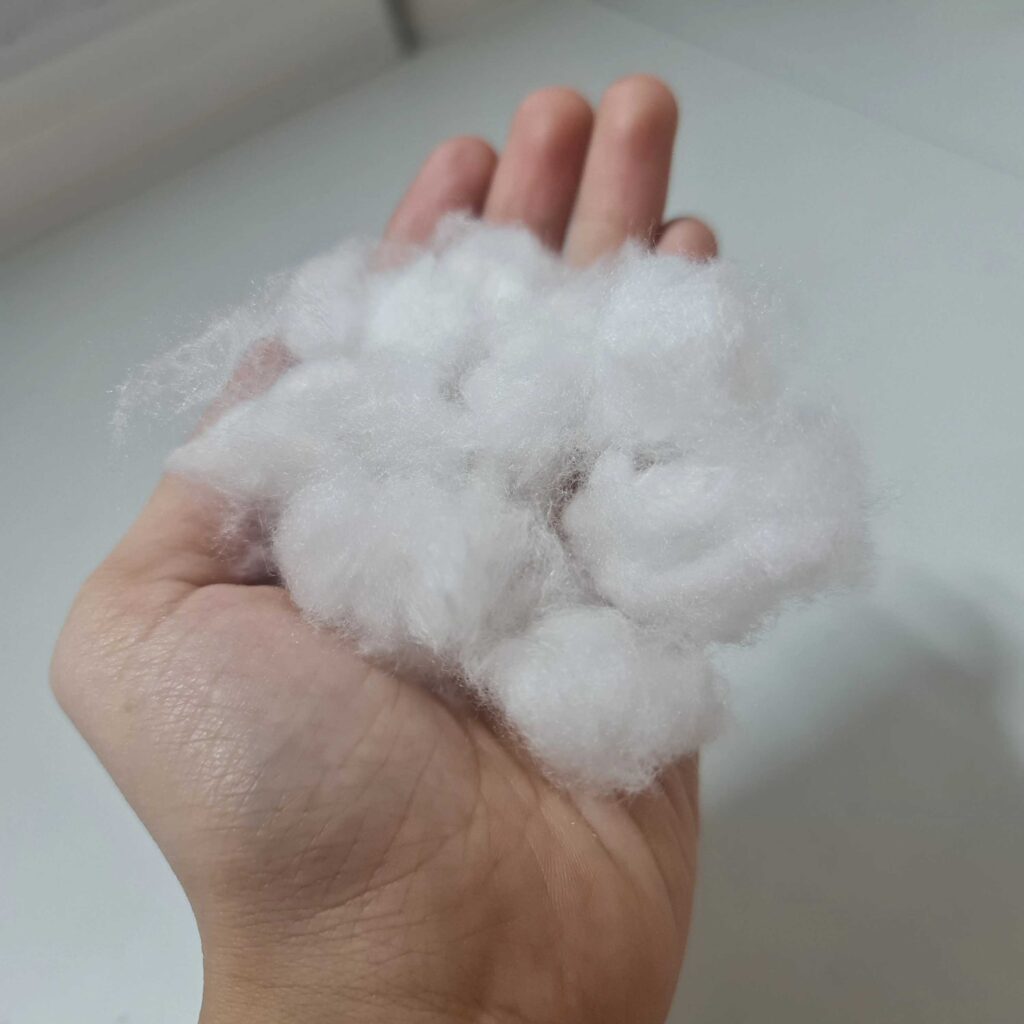
Stuffing plays a vital role in how a plushie feels. Polyester fiberfill is the most common, offering lightweight, fluffy softness. Natural stuffing like cotton or wool adds a different tactile experience but can be heavier or less resilient. Beans and pellets provide weight but reduce softness.
Stuffing types like polyester fiberfill, cotton batting, and pellets influence plushie softness by adding volume, weight, and resilience, shaping the toy’s overall comfort and feel.
- Polyester Fiberfill: Lightweight, fluffy, hypoallergenic, retains shape well. Best for soft, cuddly plushies.
- Cotton Batting: Natural, breathable, softer but heavier, may compress over time.
- Pellets/Beans: Provide weight and stability, less soft but enhance tactile variety.
- Wool: Eco-friendly and resilient, but expensive and less common.
- Hybrid Fillings: Combining fibers and pellets to balance softness and structure.
| Stuffing Type | Mjukhet | Weight | Motståndskraft | Typisk användning | Key Features |
|---|---|---|---|---|---|
| Polyesterfiberfyllning | Very soft | Ljus | Hög | Most plush toys | Lightweight, fluffy, hypoallergenic, holds shape well |
| Cotton Batting | Mjuk | Medium | Medium | Natural fiber toys | Natural, breathable, can compress over time |
| Pellets/Beans | Låg | Heavy | Låg | Weighted or sensory toys | Adds weight and stability, less soft |
| Ull | Mjuk | Medium | Hög | Eco-friendly plushies | Resilient, natural, but more expensive |
| Hybrid Fillings | Variable | Variable | Variable | Custom plush designs | Mix of fibers and pellets for softness & structure balance |
4.Are There Eco-Friendly Fabrics That Match Traditional Plush Softness?

With growing consumer demand for sustainability, eco-friendly fabrics like organic cotton, bamboo velour, and recycled polyester are gaining attention. These materials aim to maintain softness while reducing environmental impact, though some require careful sourcing and processing to meet plushie quality standards.
Eco-friendly plush fabrics such as organic cotton, bamboo velour, and recycled polyester offer soft, safe alternatives that align with sustainability without sacrificing comfort.
- Organic Cotton: Grown without pesticides, soft and breathable but pricier.
- Bamboo Velour: Naturally antibacterial and silky soft, gaining popularity in plush toys.
- Recycled Polyester: Made from recycled plastics, mimics traditional polyester softness, promotes circular economy.
- Certification Importance: GOTS, OEKO-TEX ensure safety and eco standards.
- Challenges: Balancing softness, durability, and environmental impact during manufacturing.
| Eco-Friendly Fabric | Mjukhet | Sustainability Aspect | Typisk användning | Utmaningar |
|---|---|---|---|---|
| Ekologisk bomull | Mjuk, andningsbar | Grown without pesticides | Baby plush, sensitive skin | Higher cost, limited availability |
| Bamboo Velour | Silky soft | Renewable bamboo source | Miljövänliga plyschleksaker | Energy-intensive processing |
| Återvunnen polyester | Mjuk | Made from recycled plastics | Everyday plushies | Perception vs virgin polyester |
| Certifiering | N/A | GOTS, OEKO-TEX for safety & eco | Ensures standards | Requires strict quality control |
5.Do Soft Fabrics Impact the Durability and Maintenance of Plush Toys?

Softer fabrics can sometimes be more delicate, prone to piling, fading, or wear. Manufacturers must balance softness with durability by selecting fabrics that withstand washing and everyday use, ensuring plushies remain lovable and lasting.
Soft plush fabrics often require careful maintenance and may be less durable, but advancements in fabric technology help maintain softness without compromising lifespan.
- Fabric Wear: How soft fibers resist abrasion and pilling.
- Washing & Care: Machine washable vs hand wash, impact on softness retention.
- Fabric Blends: Combining fibers to enhance durability.
- Protective Treatments: Anti-pilling finishes and colorfast dyes.
- User Behavior: How use scenarios affect fabric lifespan.
| Aspekt | Beskrivning | Impact on Plush Toys | Examples / Notes |
|---|---|---|---|
| Fabric Wear | Resistance to abrasion and pilling | Softer fabrics may pill or wear faster | Minky can pill; fleece more durable |
| Washing & Care | Machine washability vs hand wash | Frequent washing can reduce softness | Gentle cycles preserve softness |
| Fabric Blends | Combining fibers to improve strength | Blends balance softness and durability | Polyester-cotton blends |
| Protective Treatments | Anti-pilling finishes, colorfast dyes | Extend lifespan while maintaining softness | Common in quality plush fabrics |
| User Behavior | How rough use or washing affects fabric life | Rough handling shortens lifespan | Proper care lengthens plushie life |
6.How Do Hypoallergenic and Safety Considerations Influence Fabric Choice?
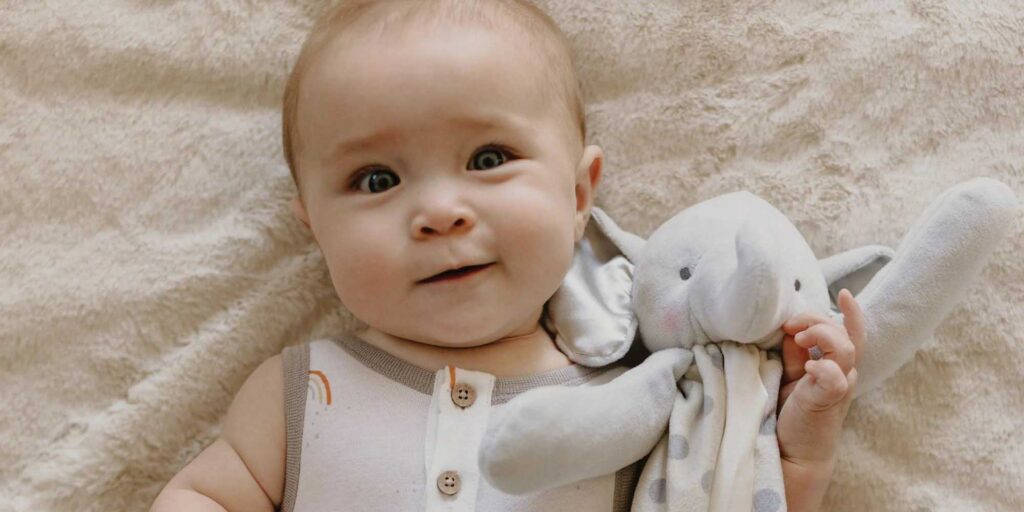
Softness isn’t the only priority—safety is paramount, especially for plushies designed for infants or allergy-prone users. Hypoallergenic fabrics and stuffing, along with non-toxic dyes and flame retardants, are essential to meet regulatory standards and customer expectations.
Hypoallergenic, non-toxic fabrics and stuffing are critical for safe, soft plush toys, protecting sensitive users while delivering comfort and peace of mind.
- Hypoallergenic Fabrics: Cotton, bamboo, and certain synthetics designed to minimize allergic reactions.
- Stuffing Safety: Certified, non-toxic fillings that avoid harmful chemicals.
- Regulations: ASTM, CPSIA, EN71 standards for toy safety.
- Testing Procedures: Lab testing for allergens, toxins, flammability.
- Design Considerations: Avoiding small detachable parts that pose choking hazards.
| Aspekt | Beskrivning | Importance for Plushies | Examples / Notes |
|---|---|---|---|
| Allergivänliga textilier | Materials that minimize allergic reactions | Essential for babies and allergy-prone users | Cotton, bamboo, certified synthetics |
| Stuffing Safety | Use of certified, non-toxic filling materials | Prevents harmful chemical exposure | CPSIA-compliant polyester fiberfill |
| Regulations | Compliance with toy safety standards | Mandatory for market approval | ASTM F963, CPSIA (USA), EN71 (EU) |
| Testing Procedures | Lab tests for allergens, toxins, flammability | Ensures product safety and quality | Independent lab certifications |
| Design Considerations | Avoid small parts that can detach and choke | Reduces choking hazards in children | Secure stitching, no loose buttons |
7.Is Softness the Only Factor Customers Consider When Choosing Plushie Fabrics?
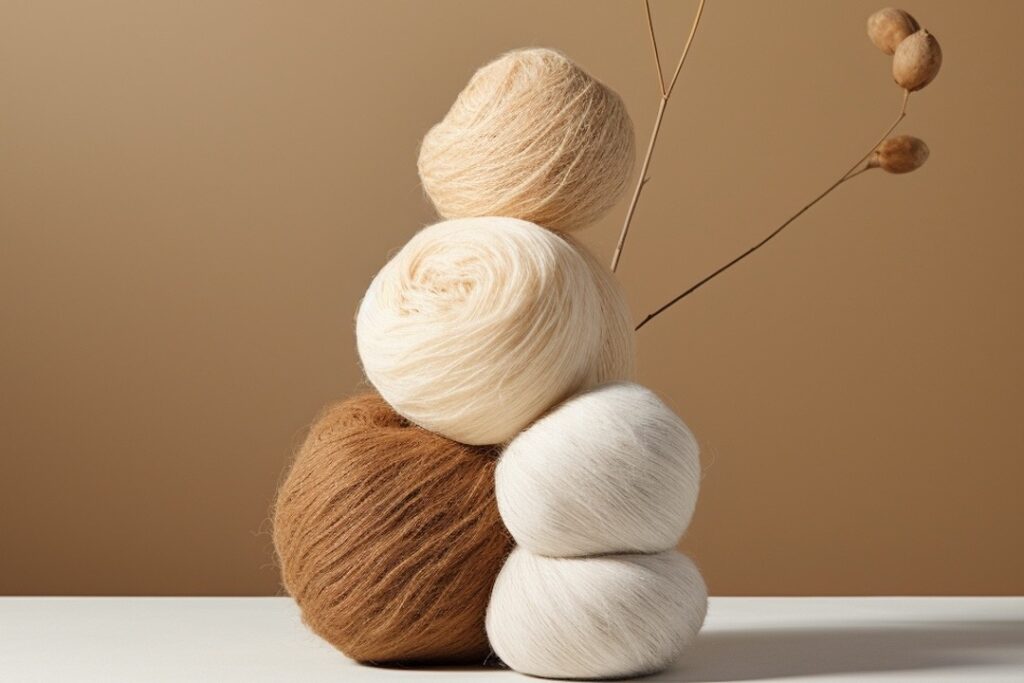
While softness is a major selling point, customers also value visual appeal, durability, ease of cleaning, price, and sustainability. The best plushies strike a balance across these factors to satisfy a wide range of user needs and preferences.
Besides softness, customers weigh factors like appearance, durability, care, price, and eco-friendliness when selecting plushie fabrics.
- Aesthetics: Color, texture, and finish influence buying choices.
- Price vs Quality: Balancing cost with plush feel and longevity.
- Care Requirements: Easy-to-clean fabrics favored by busy parents.
- Environmental Values: Increasingly influencing consumer decisions.
- Personalization & Trends: Unique fabrics to meet niche markets and fashion trends.
| Faktor | Beskrivning | Varför det är viktigt | Examples / Notes |
|---|---|---|---|
| Aesthetics | Color, texture, and fabric finish | Visual appeal influences buying decisions | Bright colors, unique textures |
| Price vs Quality | Cost balance with plush feel and durability | Customers seek value for money | Synthetic vs natural fibers |
| Care Requirements | Ease of cleaning and maintenance | Busy parents prefer machine-washable fabrics | Machine washable preferred |
| Environmental Values | Sustainability and eco-friendliness | Growing demand for green products | Organic cotton, recycled polyester |
| Personalization & Trends | Custom prints, fashion-forward fabrics | Meeting niche and market trends | Limited editions, seasonal styles |
Ready to Create Your Perfect Plushie?
If you’re looking to craft plush toys that combine unbeatable softness with durability, safety, and sustainability, Kinwin is your trusted partner. Our advanced production capabilities, strict quality control, and innovative design approach ensure every plushie meets the highest standards.
Contact Kinwin today for a personalized consultation and let’s bring your plushie vision to life with the softest, safest, and most beautiful fabrics available.
This comprehensive guide not only answers “What is the softest fabric for plushies?” but also helps manufacturers and buyers understand all critical factors shaping the perfect plush experience. If you want me to help turn this into blog posts, product descriptions, or marketing materials, just say the word!




